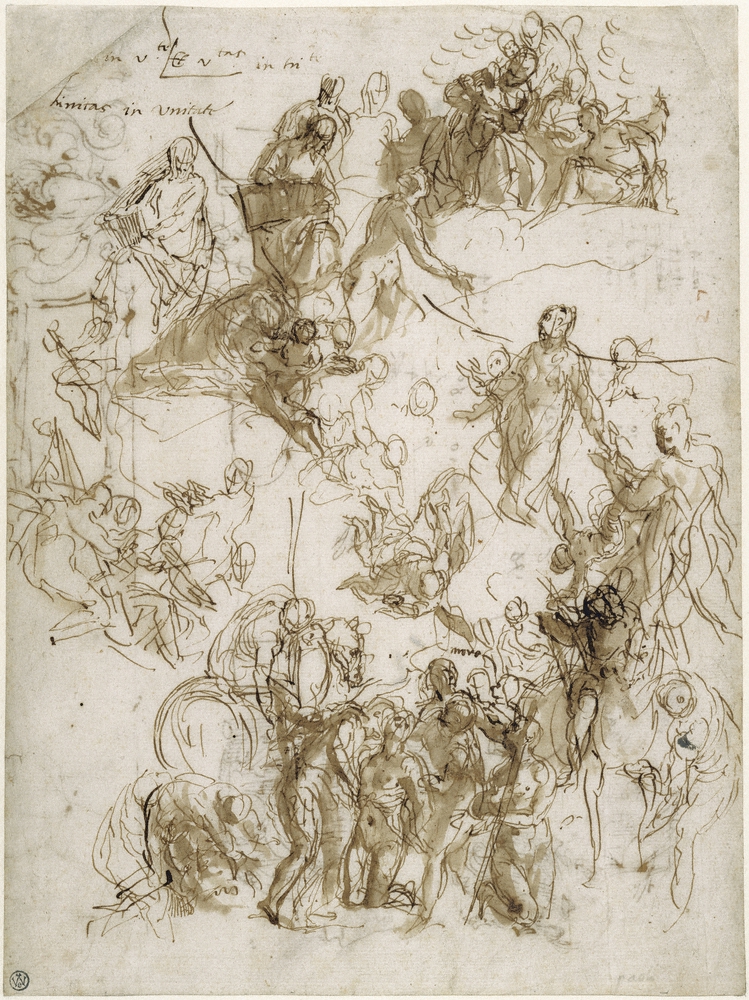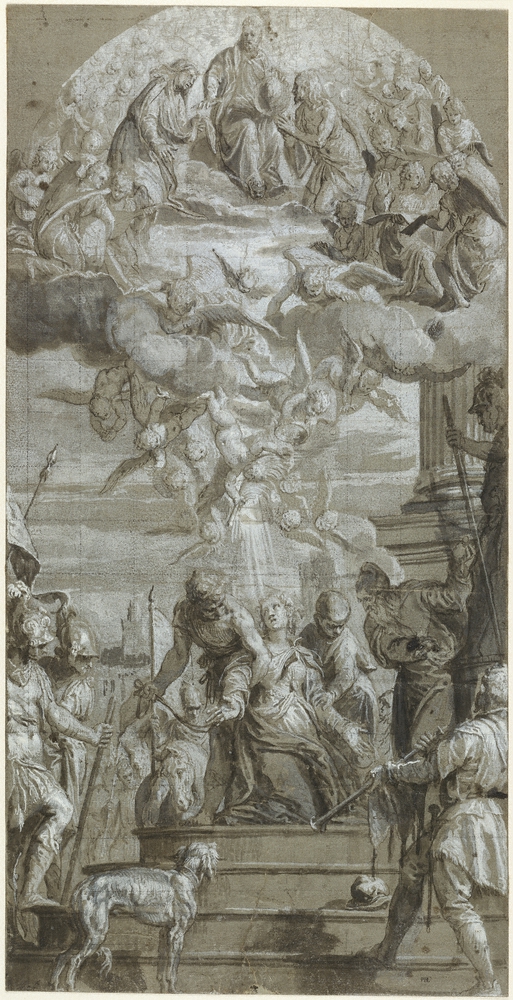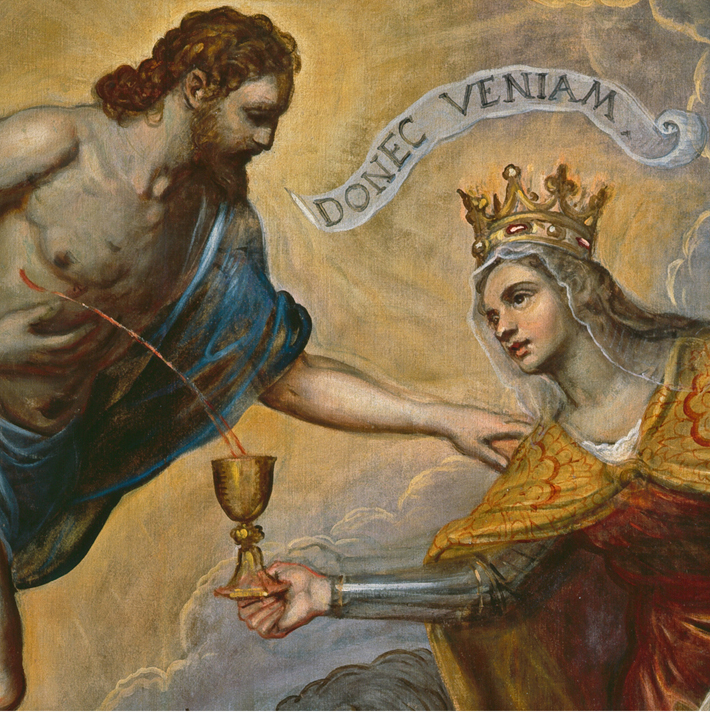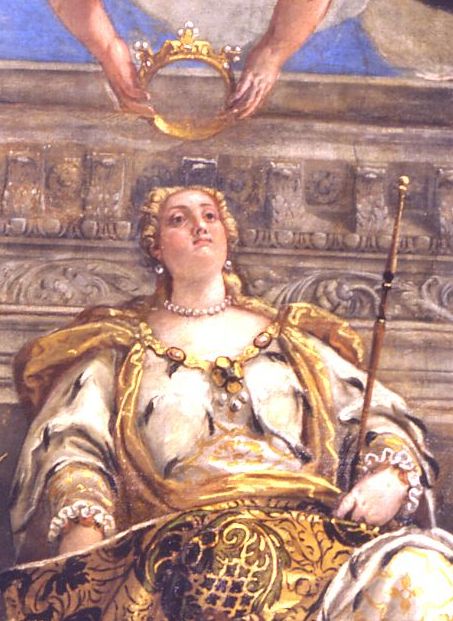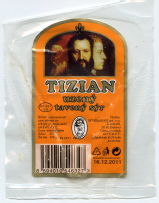Research
Outline
My research addresses artefacts as means by which one can inspect how cultural meaning is produced and understood historically. In particular, I am interested in images and the story of their production, reception and impact on the formation of cultural identities within specific contexts, especially in Renaissance and Early Modern Europe. While my publications focus on Venetian art from 15th to 18th century, my research and teaching experience spans a wider range of subjects, which include:
- The display of power and the political function of images
- The connections between devotional practice and visual culture
- The interaction between iconographical and formal constraints/conventions and the artists’ inventions/intentions
- The relationships between patronage and artistic production
- The practice and organisation of artistic workshops
My methods entail extensive archival research and a meticulous evaluation of primary sources, which, in combination with the examination of patronage practices, socio-historical contexts, and both formal and iconographical analyses, form the basis of the various critical approaches that I then apply to the interpretation of visual matters at a more theoretically engaged level.
Previous Research Projects
Titian’s Workshop
From 2004 to 2009 I was head coordinator of an international research project on Titian’s Workshop, promoted by the Fondazione Centro Studi Tiziano e Cadore, and supervised by Bernard Aikema. It resulted in the publication of the volume Le botteghe di Tiziano (Firenze: Alinari, 2009), for which I was the primary author, contributing approximately two thirds of the text.
In this book I address the subject from several different perspectives and raise crucial methodological questions, by connecting the inspection of art works to historical, economic, social and visual factors. I delve into Titian’s market strategies, production system and entrepreneurial skills, shedding light on the neglected figures of his assistants and examining a large number of replicas, variants and copies. By rejecting a romanticised idea of originality, which looks on the artistic creation as the result of a single act originating from the master’s genius, I replace the notion of a fully autograph work of art with a more complex concept of authorship, which ties the master to his collaborators, and treats the workshop as a whole body. My analysis of Titian’s vast oeuvre aims at sorting out typological characteristics at a formal, compositional, technical, and iconographic level, as well as highlighting the procedures developed and employed in the workshop, in order to grasp the dynamics of the production system. This approach discloses a variety of patterns and ideas that flow from painting to painting, in a way that inhibits from applying the common notion of prototype from which a series of repetitions or variants derives.
Other
In 2007 I was consultant co-editor for the exhibition and catalogue Lungo le vie di Tiziano (Belluno, Italy), organised by the Soprintendenza per il Patrimonio Storico, Artistico e Demoetnoantropologico del Veneto.
From 2005 to 2007 I took part in a Research Project of National Interest (PRIN) funded by the Italian Ministry of Education: 'Le immagini religiose a Venezia negli anni del disciplinamento, circa 1540-1600. Fonti, documenti, contesti', supervised by Augusto Gentili, Università Ca’ Foscari, Venice.
Current Research Projects
The Doge's Palace Book
My book deals with the pictorial cycle of the Great Council hall, the largest and most ambitious decorative programme in Venice’s Doge’s Palace, as a case study of how visual imagery reflected and contributed to shape the representation of sovereignty and the construction of civic identity in late sixteenth-century Europe. By challenging the common assumption that republicanism and imperialism are mutually exclusive, it argues that the Republic of Venice gradually absorbed elements of imperial ideology into its practices of self-representation, and built the image of a state which, while fulfilling the traditional role of a republic as champion of peace, justice and freedom within the unitary commonwealth of Christian nations, laid claim to its absolute sovereignty over the subjects and independence from any external authority. In this way, this study seeks to reframe our understanding of how republics were involved in the formation of the early modern state system, and how they reshaped their identities under the pressure of absolutism.
Paolo Veronese
My new research project investigates the creative process in the art of the Venetian painter Paolo Veronese, with a special attention to his drawing activity. Although scholars have increasingly emphasised the importance of drawing for Venetian Renaissance artists, who are traditionally rather renowned for their painterly qualities, the analysis is usually limited to a mere aesthetical approach and to attribution. Especially in the case of Veronese, drawings are mostly taken into consideration as preparatory steps towards the final paintings. On the contrary, given his aptitude for combining meanings and signs in order to create polysemic systems of representation, my project seeks to examine the unceasing process of transformation of the artist’s ideas into images, which undergoes different stages of memorialisation and imagination, by associating the various media employed from time to time, and by linking the artistic practice to the cultural contexts which the artist turns out to operate in and interact with.
Other lines of research
Articles currently under preparation concern:
A new, unpublished painting by Titian; the workshop strategies of the sculptor Sante Lombardo, and the market of stonemasons in 16th Century Venice; Jacopo Palma il Giovane's Entombment at the Oratorio dei Crociferi in Venice as a model for pious imitation and social emulation; the votive paintings of the Lieutenants of Udine under the Venetian rule.
Recent Events
Conferences/Lectures/Papers/Talks
'The hard life of a painter’s apprentice in late Cinquecento Venice', Renaissance Society of America Annual Meeting, San Diego, CA, April 4-6, 2013; panel: Between Apprentice and Master – III, organised by Gail Feigenbaum (The Getty Research Institute), Anne Woollett (J. Paul Getty Museum), sponsored by Associate Organization/Society of Fellows and the American Academy in Rome
'Titian's Serravalle Altarpiece and His Work in the 1540s', University of Cambridge, Department of History of Art, February 26, 2013
'Drawing Subjects out of Forms: the Creative Process of Paolo Veronese', Getty Research Institute, Los Angeles, May 23, 2012
'The End of a Dynasty: Sante Lombardo’s Stones”, Renaissance Society of America Annual Meeting, Washington, DC, March 22-24, 2012; panel: The Artist as Entrepreneur. Directing the Workshop in Renaissance Venice, organised by Gabriele Matino (The University of Nottingham) and Daniel Maze (University of California, Los Angeles)
'La Decorazione di Palazzo Ducale. Un dialogo sulla più recente storia scientifica italo-tedesca', with Wolfgang Wolters and Augusto Gentili, Deutsches Studienzentrum in Venedig, Venice, November 7, 2011
'Francesco Bassano in Palazzo Ducale', Jacopo Bassano, i figli, la scuola, l’eredità, International Conference, The National Commitee for Jacopo Bassano 500th anniversary, Bassano del Grappa-Padua, Italy, March 30-April 2, 2011
